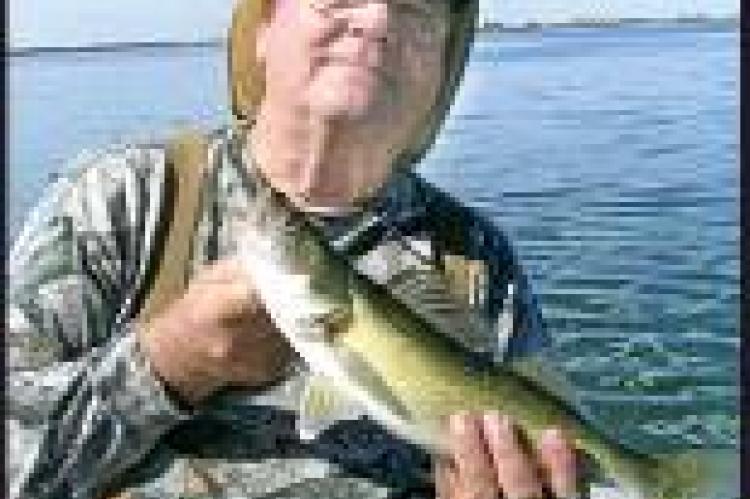KEEP AN EYE ON THIS HUNT!

The most monitored and controversial hunt of the century might take place in neighboring Wyoming this fall. I say “might” because groups like Sierra Club have filed lawsuits in the hope that the courts will successfully stop the hunt. I am particularly interested as I will personally be elk hunting on ground zero at the end of this month.
Forty years ago we would have had a hard time finding a grizzly bear in Yellowstone National Park. Today they flourish thanks to sound wildlife management and the strict protection afforded under the Endangered Species Act. When Secretary of the Interior Ryan Zinke removed the grizzly from the endangered list last summer, Idaho, Montana, and Wyoming expressed an interest in developing a grizzly bear hunting season. Montana decided against it for 2018, Idaho elected to go with a conservative single tag, and Wyoming chose to aggressively move forward as most of the Yellowstone bears live within Wyoming borders.
Yellowstone’s finest grizzly habitat has been labeled the Demographic Monitoring Area or DMA. Through the collection of scientific data, it has been determined that these 25,000 square miles can support 674 grizzlies. Since the mid-2000’s, the grizzly population has stabilized at 700 bears – a condition that has forced the bears to expand their range outside of Yellowstone’s DMA, and forcing them to come into contact with ranchers, hikers, homeowners, and hunters .
Because of this, Wyoming Game & Fish had to capture 31 grizzlies in conflict situations while destroying 11 of them last year. In the past ten years, grizzlies have accounted for five human deaths in Wyoming. The grizzly expansion has included the Cody area and the Absaroka Mountains southwest of Cody including Carter Mountain where I killed an elk last year. No wonder my guide was hesitant in leaving me alone on Carter while he fetched the ATV!
To calculate the number of tags for the 2018 hunt, Wyoming first looked at the number of grizzlies in the 2017 ecosystem – 718. To maintain the current population, 50 adult males and 22 adult females could die from any cause. In looking at 2017, 33 males, 20 females, and 12 dependent cubs died. This left a total of 19 adult bears that could be taken from Idaho, Montana, and Wyoming. Because 58% of the Yellowstone bears live in Wyoming, Wyoming could take a total of 58% or 12 bears – ten boars and two sows. Taking boars is sound management as boars kill cubs when their territory is threatened.
Two tags will be released at a time to make sure that only two sows are killed in the entire hunt. The hunt stops when two sows are killed. No hunting will be done in the proximity of U.S. Highways to ensure that no popular “tourist” bears are killed. Hunters will carry a satellite messenger to report their kill and the sex of the kill as soon as the kill takes place. Personally, I like the math and a system that appears to be foolproof.
The grizzlies have maxed out their territory, and the grizzlies will be controlled. Isn’t it better that hunters will pay a tidy sum for the privilege of hunting the grizzlies than have paid, state-run marksmen who are paid by tax payers do the killing? I would call it a “no brainer.”
There is more at stake than who pays for grizzly control. I’m talking about hunting! Take a look at British Columbia – home to 25% of North America’s grizzly bears. Last year B.C. all but shut down grizzly bear hunting. It was totally political and for all the wrong reasons. A bloody video on Facebook depicted a grizzly being shot numerous times and sliding down a snowy, blood-covered mountainside. A liberal politician proclaimed, “It is no longer socially acceptable to the vast majority of British Columbians to hunt grizzly bears.” The non-hunting B.C. population centers controlled the vote.
The big environmental agencies have money, and they have all filed lawsuits to relist the grizzly bears. The hunters who draw tags will be scrutinized. Cameras may be on them. Their behavior must be perfect. Imagine what might happen if some slob hunter shot a sow with cubs and someone caught it on video. With today’s technology, all of us hunters must be on our best behavior.
While I put today’s column together in my own words, much information was taken from “To Hunt a Grizzly” by Michael R. Shea, summer 2018 edition of Outdoor Life magazine.
See you next week.
